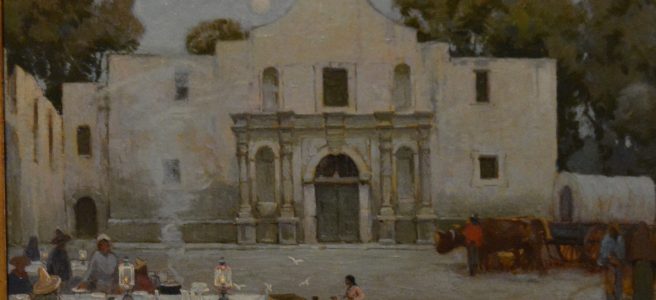Most of what I had heard about The Art of Texas: 250 Years at San Antonio’s Witte Museum was luke-warm. It should have had this, this and this. It had too much regionalism. It should have been in Fort Worth.
By the time I finished, the only criticism that seemed valid was the lighting, which was better suited for taxidermied animals on display elsewhere in the Witte. That and a few empty decades.
The paintings are grouped categorically. If chronological, we’d see one work then skip 80 years.
What made the show span 250 years was a Spanish portrait from the 1700s. That was an outlier. If you want to go back that far, you have to go broader – including native art. It would have been a different show.
The first works encountered are landscapes by one of the best-known painters to work in Texas, Alexandre Hogue. Associated with Dallas regionalism (and even more with Oklahoma), this might have been the first irritation for visitors from Fort Worth, followed soon after by an enormous work by Houston’s Dorothy Hood (which really needed better lighting).
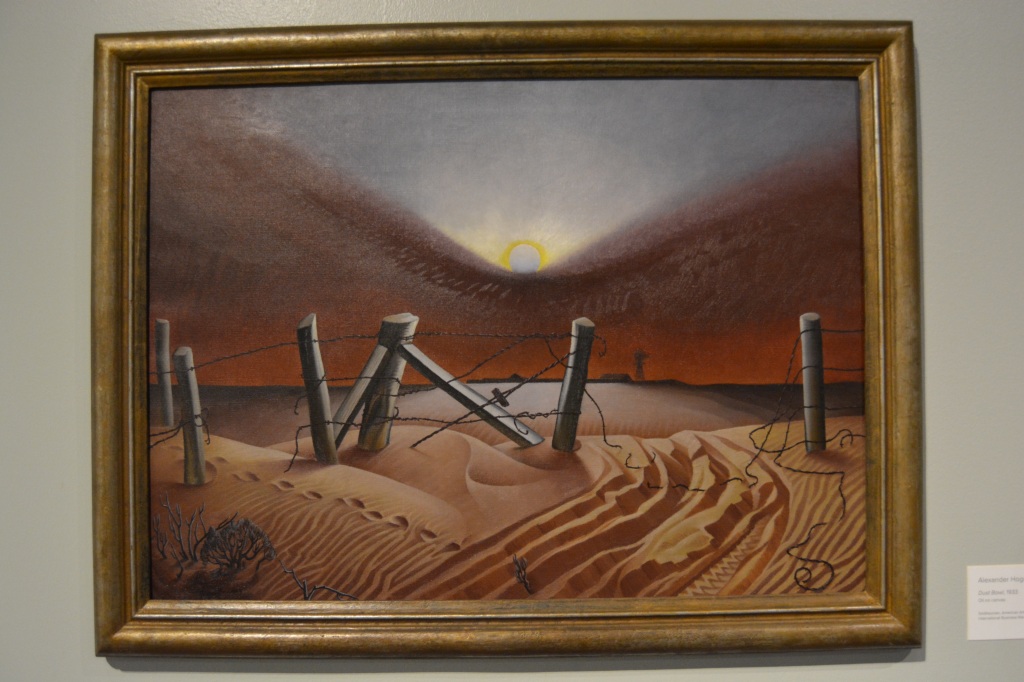
In modern times, landscapes are at the root of art in Texas. And San Antonio produced some of the first and best. That reason alone made it logical to have this show here.
Landscapes joined categories people, urbanism genre paintings, human, abstract, sculpture, and the home. The show was pretty comprehensive and balanced among regions and included some fantastic works. We left feeling excited about art in Texas.
It is somewhat unfortunate work by living artists was not included. I know you have to cut it off somewhere, but using a date might have been a better method. Some artists who produced important works in the mid to late 20th Century should have been included. Take James Surls or Richard Stout as examples. Or George Grammer, who had an extensive career, lived to old age, and just a little too long to be included. Then there’s Jesus Morales who was included. He died relatively recently at age 65.
Work by big names such as Robert Rauschenberg and Thomas Hart Benton could have been left out without harming the show.
The shortcomings are far lesser than the achievements, however. The show broke down the barriers we see in Texas art. Here we weren’t looking at the Dallas Nine or Fort Worth Modernism, or Houston modern. Tom Lea wasn’t El Paso’s own artist; his work was part of a long and larger story. We were looking at art by artists who lived, worked and had some strong relationship to Texas.
Whatever the topic may be, in contemporary times, we are inclined to be ultra-specific. We don’t see the value in the big picture because that’s where we can get into trouble with generalizations and stereotypes. But this show went there, and I think we are all better off for it.
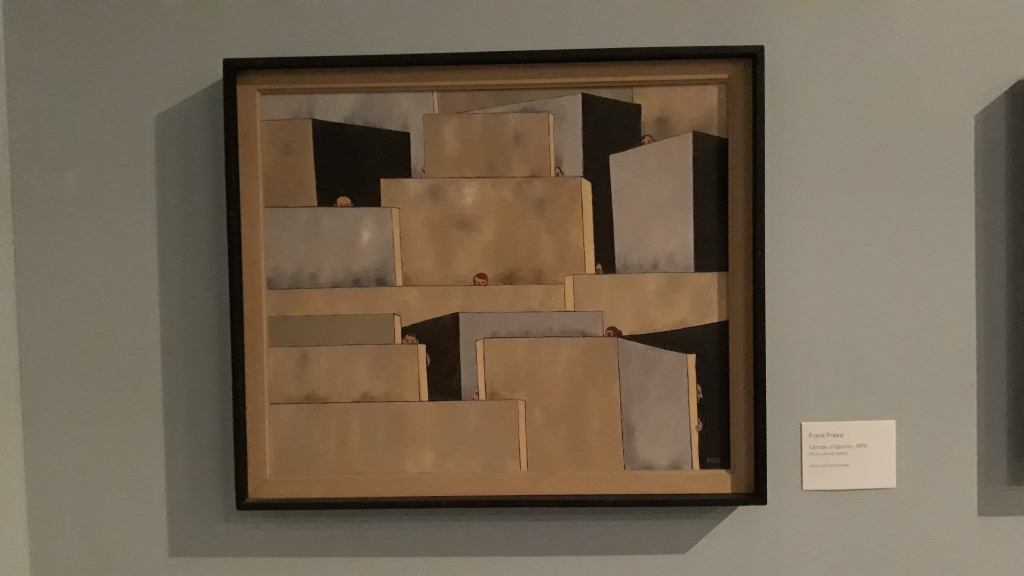
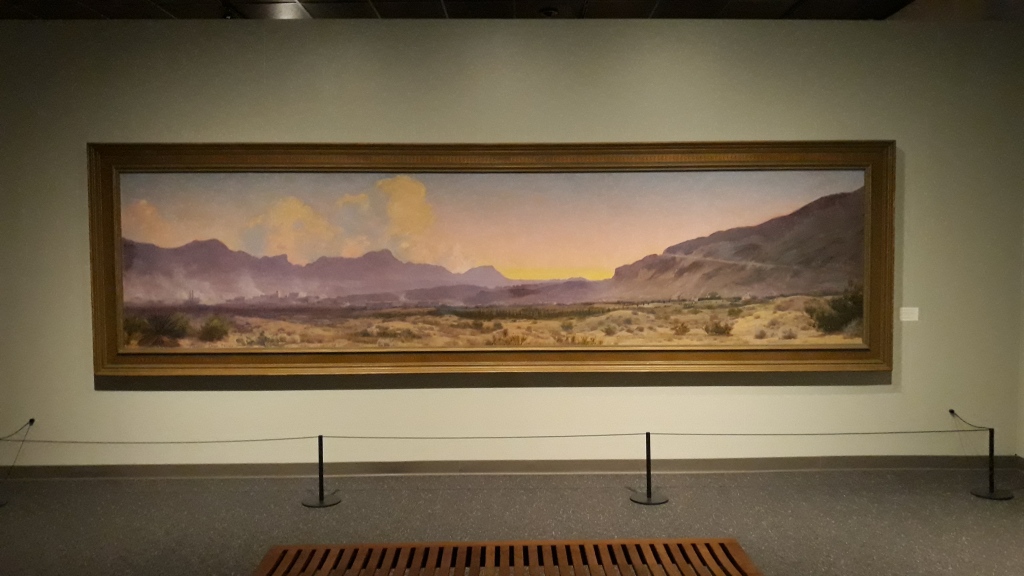
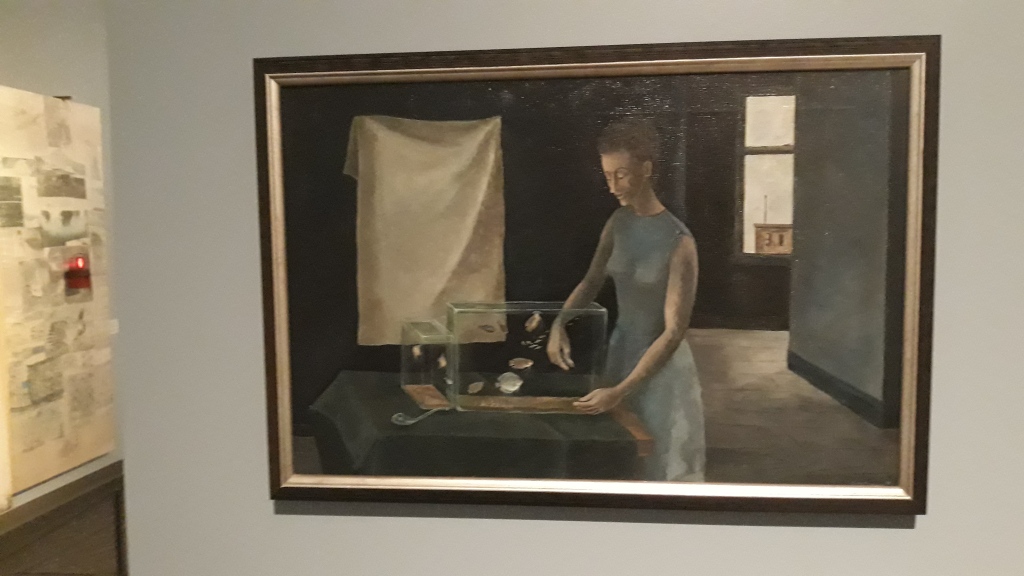
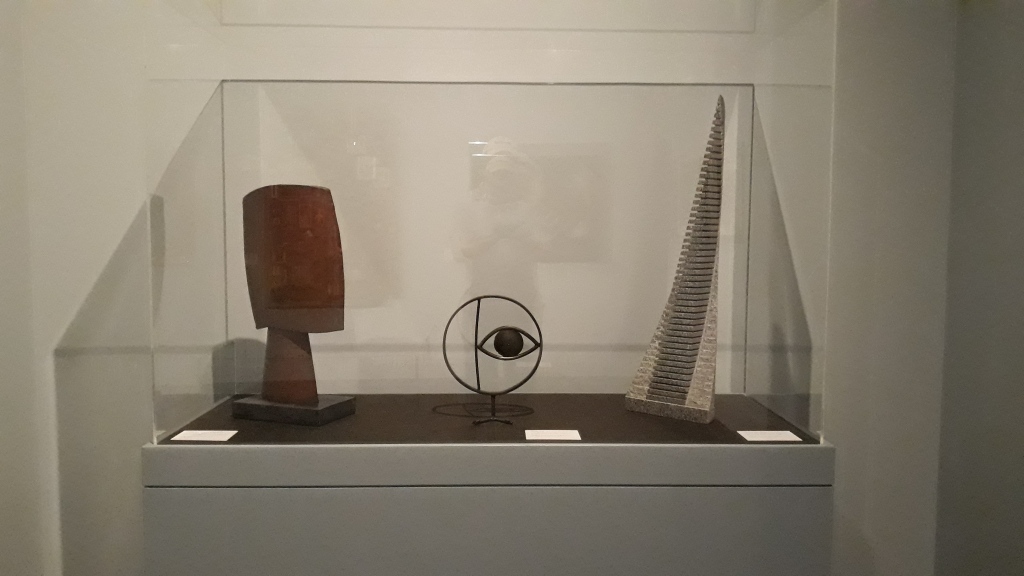
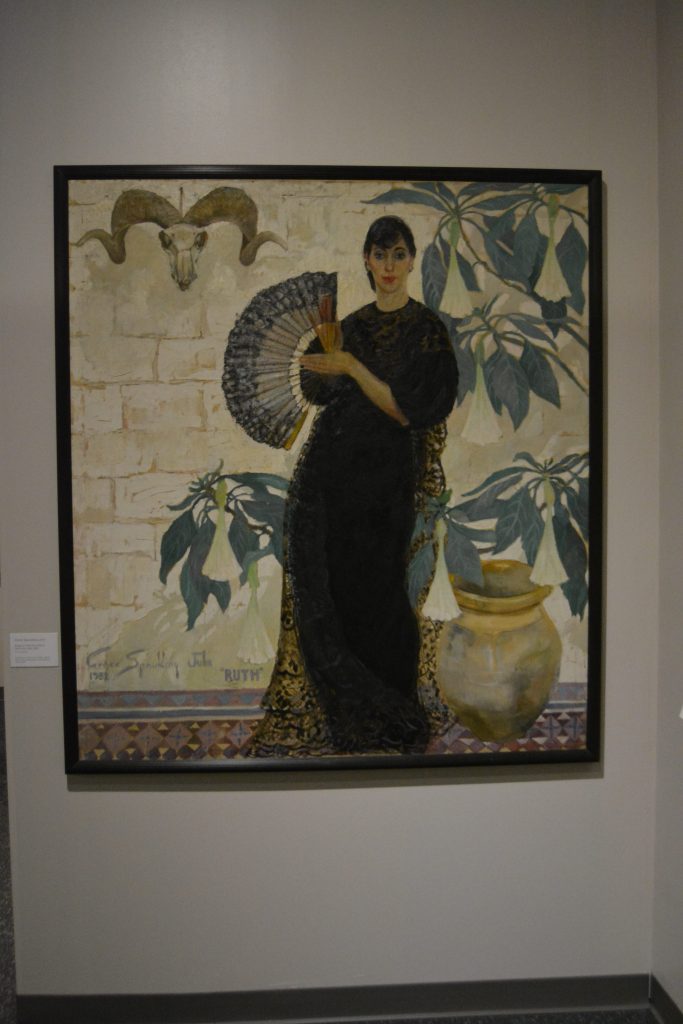
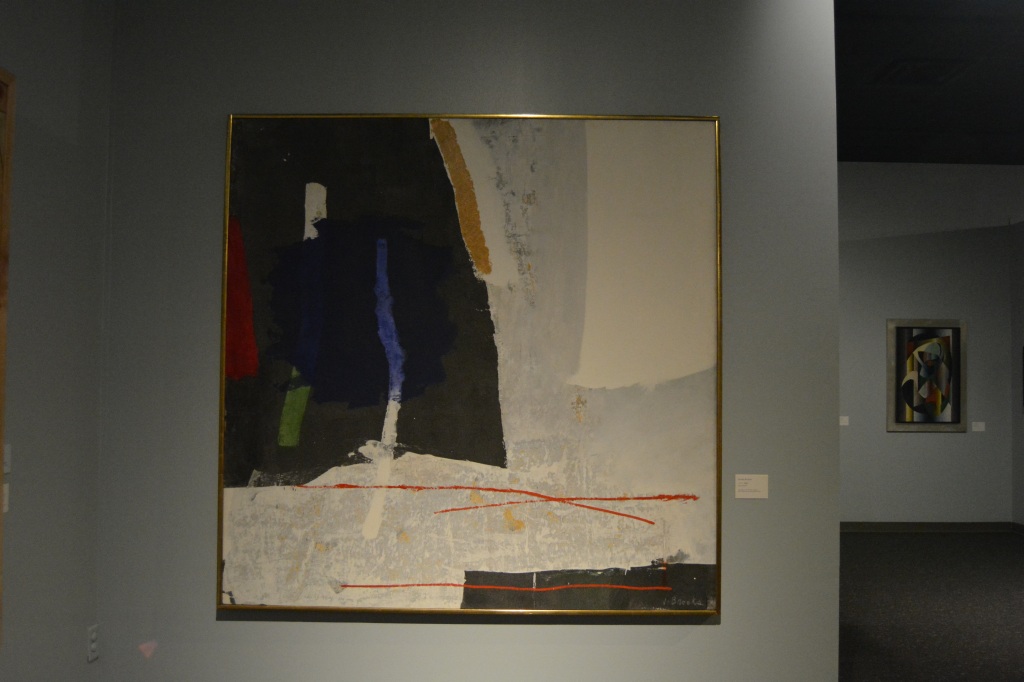
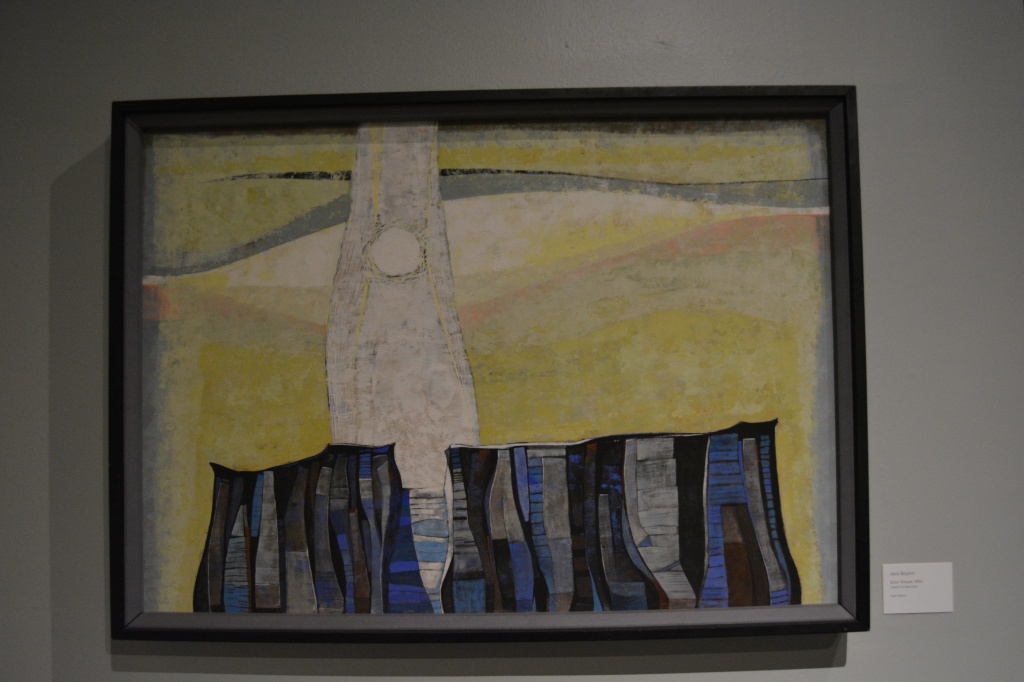
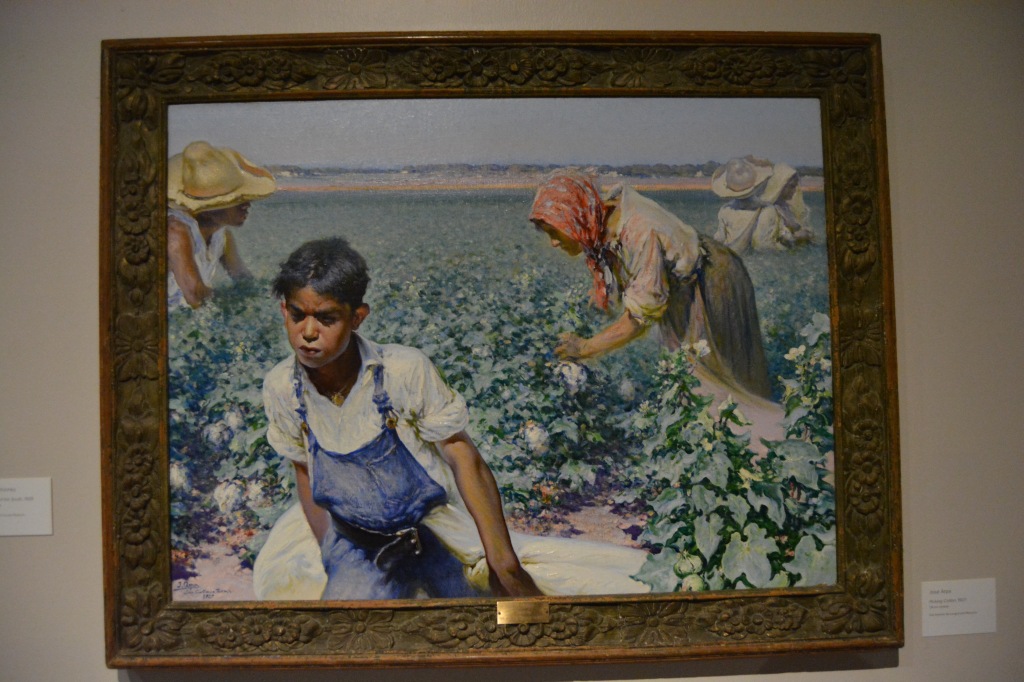
Discover more from Urban Art & Antiques
Subscribe to get the latest posts sent to your email.

